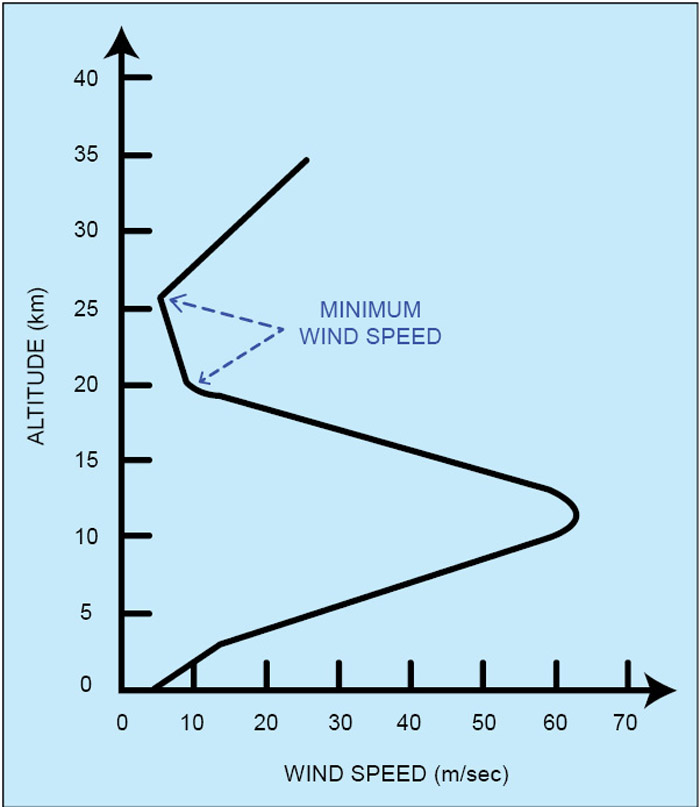
Propagation and losses
Line-of-sight (LOS) path is required for communication through HAP. Signals at this frequency band are attenuated by rain. Polarisation diversity (where signals with different polarisations are used) may be acceptable in faded environments for good-quality signal reception.
In HAP communication, signal delay is negligible compared to direct satellite communication. Several studies verify that propagation path loss on the HAP link increases with the square of the distance (d2) instead of d4 as in terrestrial systems. The path loss in dB may be obtained using the relationship:
L = 32.4 + 10 log f2 + 10 log d2
where ‘f’ is the frequency in MHz and ‘d’ is the distance between the HAP antenna and the user in kilometres. Here the curvature of the earth is neglected for a coverage diameter smaller than 100 km. This behaviour of the path loss is shown in Fig. 3.
If HAP is at an altitude of 20 km, the free-space loss at 1800MHz frequency band may be 120-130 dB. To handle the increased losses due to multipath fading in non-line-of-sight (NLOS) environment, automatic repeat request (ARQ) may be introduced. In ARQ scheme, after reception of erratic information from the transmitter, the receiver sends a request to the transmitter through a feedback path to repeat the transmission again.
Presence of raindrops can severely degrade the reliability and performance of communication links at frequencies above 10 GHz. The attenuation due to rain can be expressed as:
A = aRb
where ‘A’ is the attenuation (in dB/km), ‘R’ is the rain rate (in mm/hour), and ‘a’ and ‘b’ are factors depending on the rain drop size and frequency.
Co-channel interference and adjacent channel interference are the other important factors which may cause signal losses at the receiver antenna in HAP communication. Co-channel interference may increase due to cross-polarisation losses at the receiver antenna.
Requirement of antennae
Various types of antennae are used for broadband wireless communications, many of which are omnidirectional. In broadband wireless communication using HAP, directional antennae are required. Normal horn antennae, multibeam horn antennae or digitally-controlled array antennae may also be used for HAP. Very small aperture terminal (VSAT) is one of the effective antennae for HAP communication.
At the subscriber’s end, for small terminals like mobile handsets, small vehicles and laptops, VSAT cannot be used. In this case, small dipoles and planar antennae can be used as directional antennae. The antennae should have relatively high gain. Gain decreases as the size of the antenna decreases. Planar antenna array can be a good option for small terminals in HAP communication.





